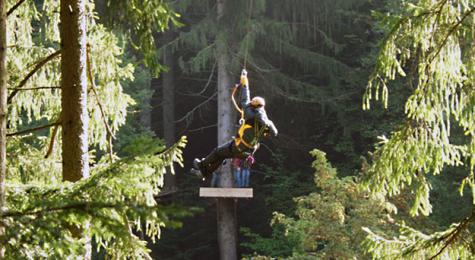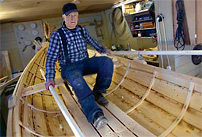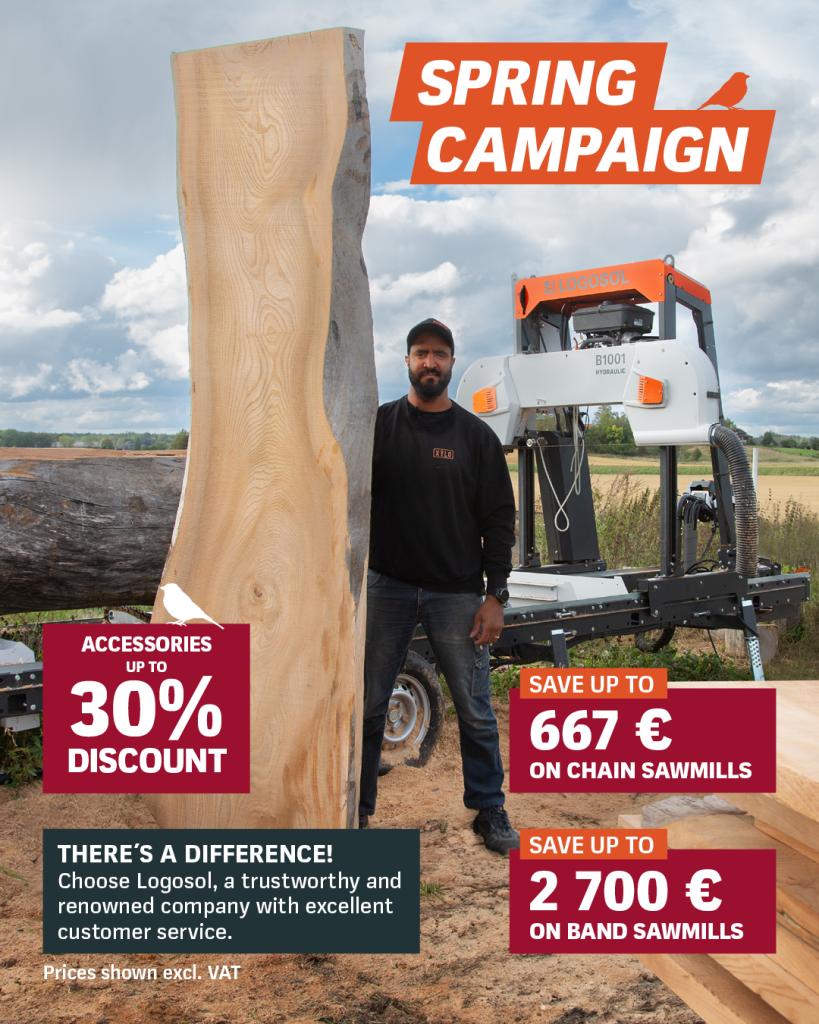A new bimetallic blade with HSS teeth has been developed by Hakansson Sawblades. We visited the company and met CEO Olle Bergren for an interview.
Tried and tested technology
Bimetallic blades have been used for metalworking for getting on for 40 years. In other words they are a tried and tested product, and one that is now available for sawing wood. Unlike sawblades with tungsten carbide tips soldered in place, the harder steel is integrated in the band. There is no risk of the teeth coming loose.
“The blades can also be resharpened around five times,” says Lennart Schwartz at the manufacturer Hakansson Sawblades.
A normal tungsten carbide tipped blade can be sharpened twice as many times, but as the HSS blade lasts five times as long, the results is a significantly improved service life. Even though the bands cost a little more, they represent a good deal for anyone who performs a large amount of sawing.
Soil and sand
“The new blades are of most benefit on a log bandsaw, although we also have HSS blades in dimensions suitable for joinery bandsaws,” says Lennart Schwartz.
HSS blades are more resistant to soil and sand in the bark, although they are not impossible to wear out. Sand and other contaminants are abrasive substances that, in time, would wear even a diamond blade.
“For people who saw hard wood types extensively, HSS blades are well worth trying out. You can saw for longer in between sharpening, and this reduces the cost per metre of sawing,” Lennart Schwartz sums up.
The new blades are available in various lengths and widths, both for log bandsaws and joinery bandsaws.








